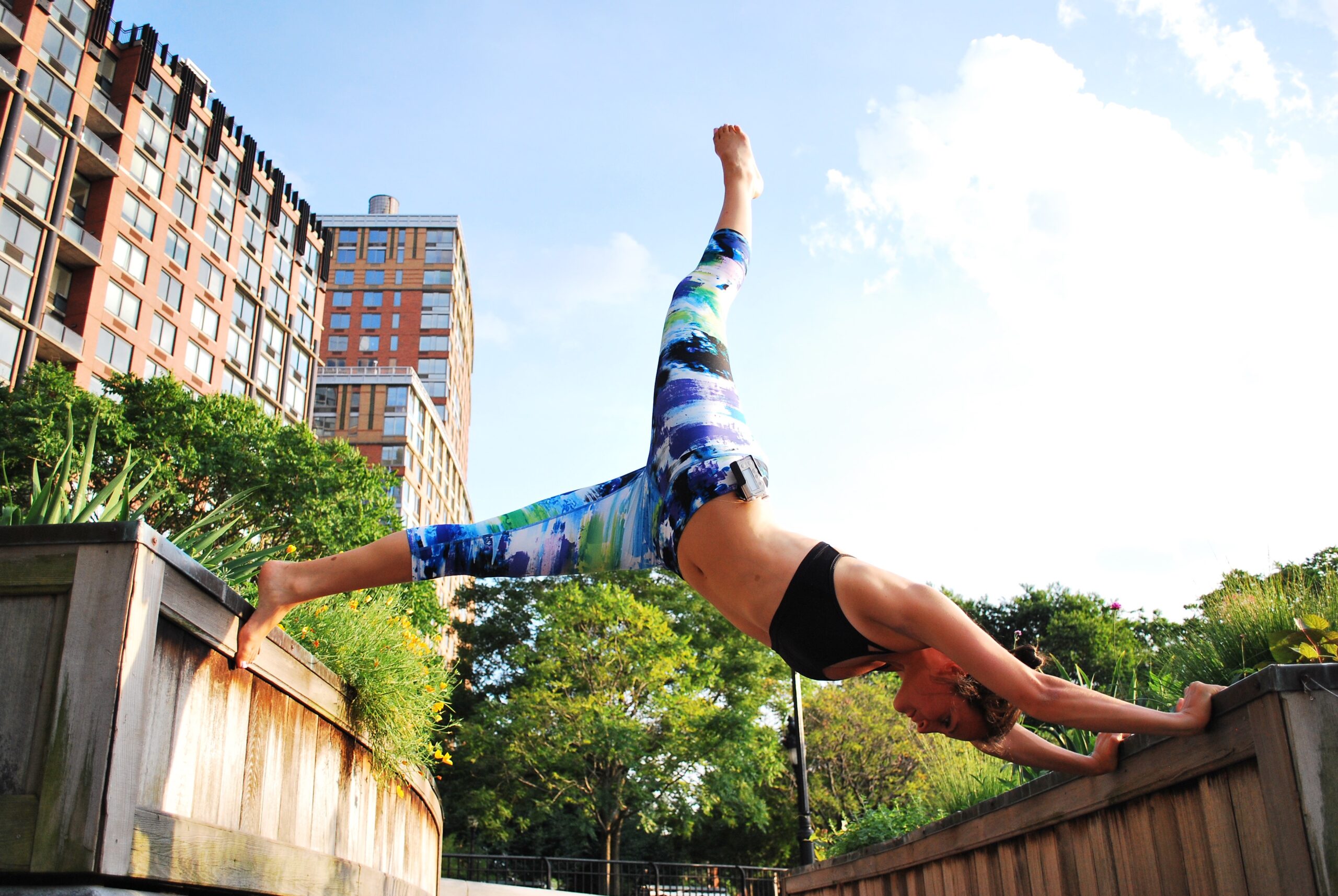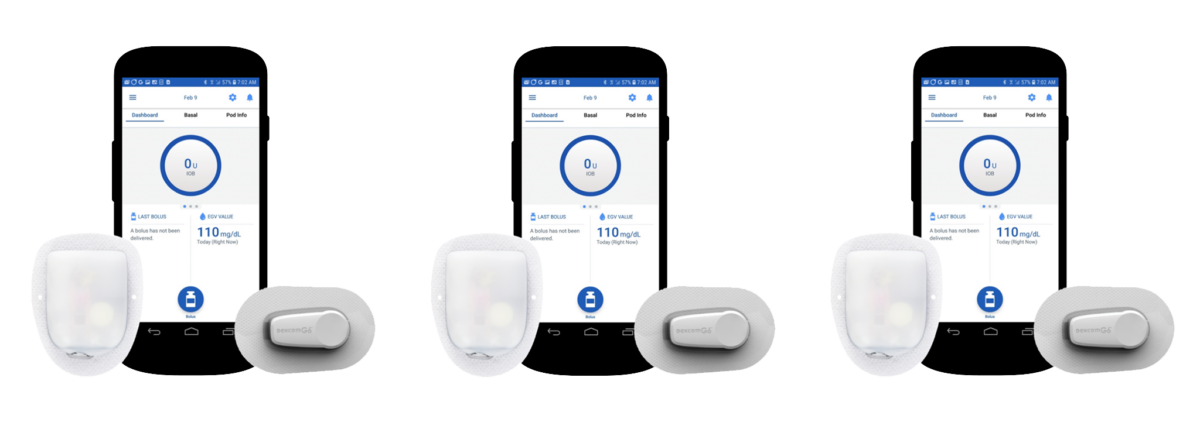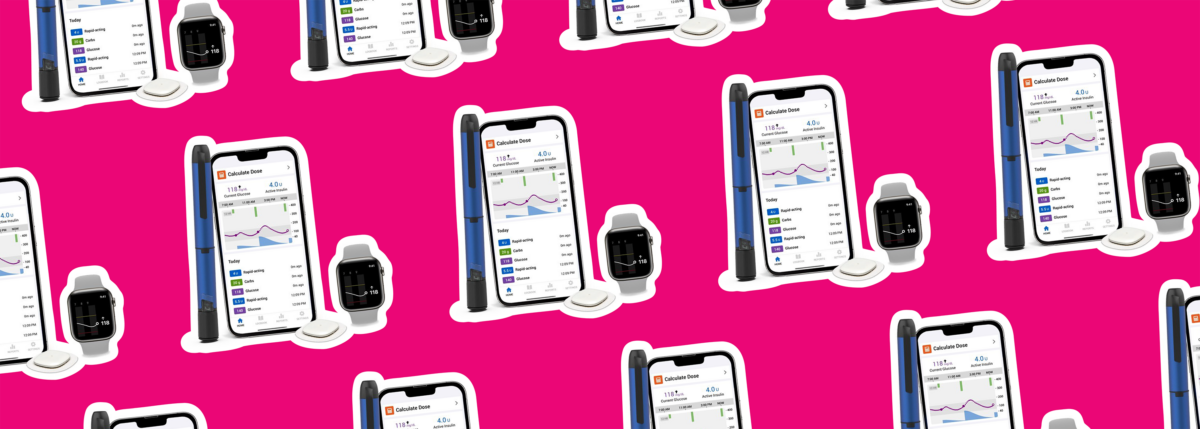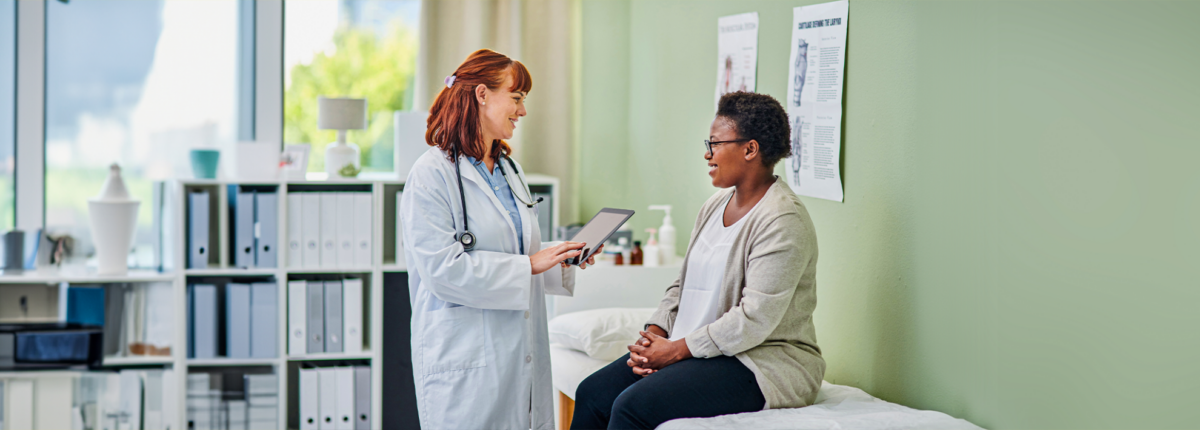Secrets to Lowering Your A1C — A Diabetic Health Coach Gives Us the Scoop
Written by: Lauren Bongiorno
3 minute read
January 21, 2016
As a diabetic health coach, the majority of my clients come to me looking for help to lower their A1C. Being a type 1 diabetic for 15 years, I understand that a lower A1C is more than just a number. It’s about getting control of your life.
When I was diagnosed at 7 years old, I was extremely fortunate to have parents that took really great care of me. I remember growing up with my dad telling me, “Out of all the report cards you will ever bring home, your A1C report is the most important one!”
The majority of my childhood I had a decent A1C that averaged in the mid 7’s. It was never terrible, but it was always a goal of mine to get it as low as possible to reduce future complications. When I went off to college and became more independent, things changed. While most kids were partying and eating fast food at 2 a.m., I was playing Division 1 soccer, and knew that if I wanted to perform my best, I needed to feel my best. Through self-education and attending the Institute for Integrative Nutrition after college, I started implementing tools for both my mind and body which helped me become healthier and more in control of my diabetes.
Today, I want to share with you how I lowered my A1C from a 7.5 to a 5.7, and became the healthiest and happiest I have ever been. If you want tighter control of your blood sugar numbers, start by looking at your level of satisfaction in these 5 areas:

1 – Organization
I find that organization makes life with diabetes less overwhelming. Every Sunday night I plan out my week. I write down days, times and details for food shopping, morning meditation, workouts, pump set changes, appointments and meal prepping. When I’m organized from day to day, I have more energy to focus on my diabetes control. This also empowers me both emotionally and psychologically to deal with those unexpected high and low blood sugars during the week.
2 – Fitness
Fitness is a huge part of my life. I workout five to six days a week and incorporate a combination of cardio, weights and yoga into my routine. For my body, I find that working out in the morning increases my insulin sensitivity throughout the remainder of the day. In other words, my insulin dosage acts quicker and more effectively which keeps my blood sugars from rising.
3 – Mindfulness
Through my yoga practice over the last five years, I’ve learned how beneficial mindfulness is for people dealing with diabetes, or any chronic disease. When we are mindful, or pay close attention to purpose in our actions, we reduce stress in our lives by slowing down and connecting the thoughts of our mind with the needs of our body. An example of mindfulness is checking in with myself every two hours throughout the day to test my blood sugar. After I test, I stop and ask myself if I need food, insulin, or if I know which direction my blood sugar is going in so I can take action.
 4 – Nutrition + Deconstructing Cravings
4 – Nutrition + Deconstructing Cravings
Nutrition and deconstructing cravings is a big chunk of what I work on with my clients. Of course we want to be mindful of how many grams of carbs we are eating, but more importantly we want to look at the ingredients. 60 grams of carbs from a sprouted grain bread hummus sandwich is much different than 60 grams of carbs from a burger and fries because of the difference in fat and overall nutritional density! I find that it is also really important to get to know your body and learn how specific meals affect our blood sugar on an individual level. For instance, how does a smoothie at 9 a.m. affect your blood sugar versus a bowl of blueberry oatmeal? Can you find certain patterns with blood sugar spikes and foods you are eating?
Another part of nutrition is deconstructing cravings. I have some clients who have no problem eating healthy from morning until dinner, but when 8 p.m. rolls around it’s like they can’t stop bingeing, which leads to high blood sugars over night. If you find you have certain cravings, ask yourself why. Are you really hungry, or are you just tired? Stressed? Bored? Lonely? Find the deep-rooted problem and address that directly instead of self-medicating with food.
5 – Daily Reflection
We all have crazy lives, and sometimes we don’t take enough time to sit with our thoughts and emotions and just reflect. At night, I find it extremely helpful to journal. I write down how my energy levels were for the day, how my mood was and how many high/lows I had. Then I see if I can identify any patterns with my blood sugar, and areas I can improve on. Reflection is about self-care and realizing which actions/thoughts serve you, and which do not.
Remember, you are in the driver’s seat of your life. If you feel like you’ve lost control, ask yourself what steps you need to take to get it back. You only have one mind, one body and one chance to live a healthy and happy life. Make the most of it.

Author
Lauren Bongiorno
Type 1 diabetic since age 7, Lauren Bongiorno is a virtual diabetic health coach, yoga instructor and author of the Diabetic Health Journal. Lauren coaches people with type 1 diabetes (T1D’s) all over the world to achieve optimal diabetes management using her 360 degree approach, emphasizing wellness throughout the mind, body and soul. Lauren believes that through self reflection and mindfulness we are better able to understand our own patterns, achieve our goals and reform our most limiting habits. Lauren continues to be a leading voice in the diabetic online community to her 26,000 Instagram followers, is an ambassador for Lululemon and was recently nominated by Pure Wow as one of the top 100 entrepreneurs to watch for 2019 for her work in the diabetic space. You can visit Lauren’s website for more at www.laurenbongiorno.com.
Related Resources

Already compatible with Dexcom’s G6 and G7 continuous glucose monitors (CGMs), the Omnipod 5 Automated...
Read more

The younger a person is diagnosed with type 2 diabetes, especially those with obesity, the...
Read more

The Oura Ring, which tracks things like sleep, heart rate, and activity, is joining forces...
Read more

